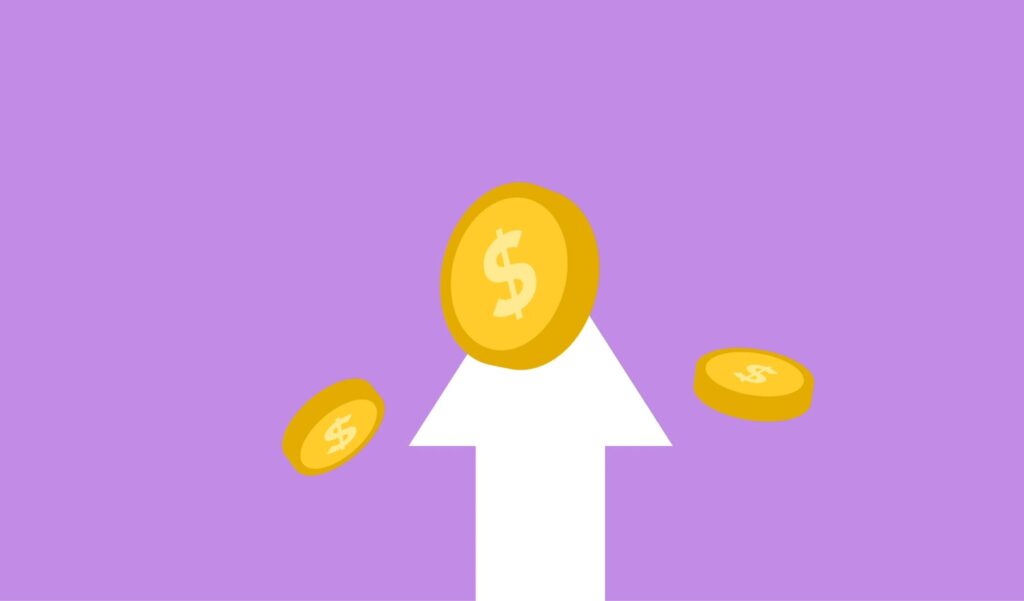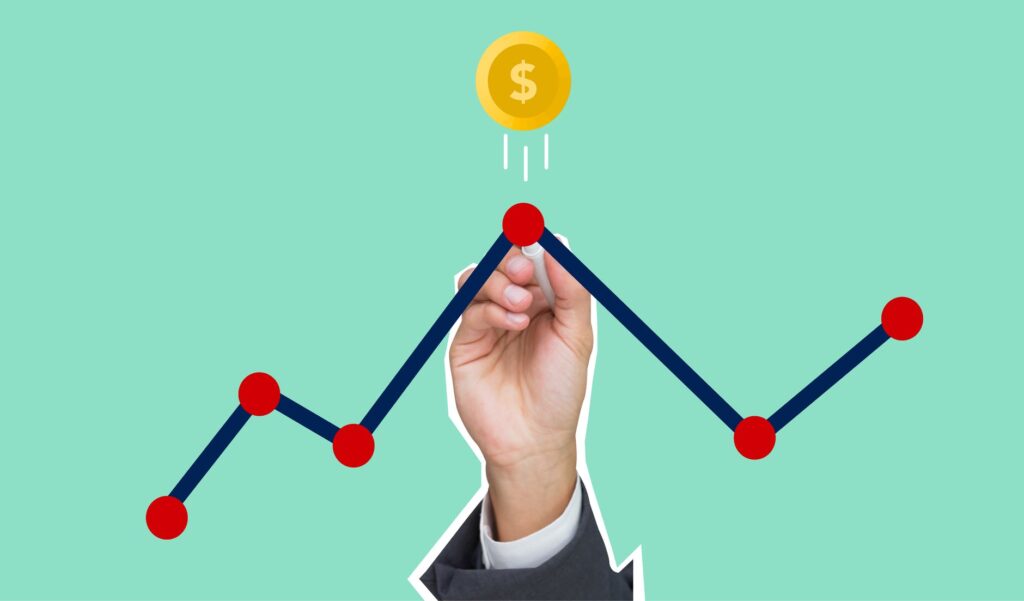The Polish economy is a mixed economy. This means that it consists of a public sector and a private sector that share in solving economic problems. In 2018, industry (25%), trade (17.6%), construction (7.7%) and transport (7.1%) were the largest contributors to the value added of the Polish economy. Read the article to the end and you will find out what economic growth in Poland looks like today.
Latest data
Poland has seen economic growth every year since 1992. In 2020 due to the Covid-19 pandemic most economies in the world slowed down considerably. The biggest collapse was seen in the second quarter. This also applies to the Polish economy. In the following months of last year, changes depended on the scale of restrictions imposed on subsequent sectors. According to the latest data published by the Central Statistical Office, the year 2020 for the Polish economy ended with a GDP decline of 2.8%. The last time the economic growth ended with a negative balance was in 1991. Pandemic and various restrictions affected the closure of some branches of the service sector. In addition, domestic demand (down 3.7%) and gross fixed capital formation (down 8.4%) were reduced. The overall negative economic balance is not affected by declines among economic sectors alone. Many industries posted growth last year to the same period a year earlier. These include industry (+4.8%) and exports.

Economic growth in Poland – comparison with other EU countries
The average recession in the EU amounted to 6.8%. Poland belongs to the countries with the smallest deficit. In this comparison we occupy the second place (after Lithuania 0.9%). The decrease of GDP below the 3% threshold was also noted by Estonia and Sweden (2.9% each). The worst situation is in Spain, whose economy contracted by 11%, and Greece with a decline of 10%.
Outlook for 2021
Despite the difficult times, economists and analysts agree that 2021 will be a time of recovery for the global economy. This also applies to the situation in Poland. According to major economists, we will see economic growth, not recession. Forecasts oscillate at the level of 3.1%. The economy is expected to accelerate in spring and summer, when restrictions will be eased and vaccination programs will gain momentum. The main drivers of the economic rebound will be exports and consumption, especially the effect of deferred demand.

